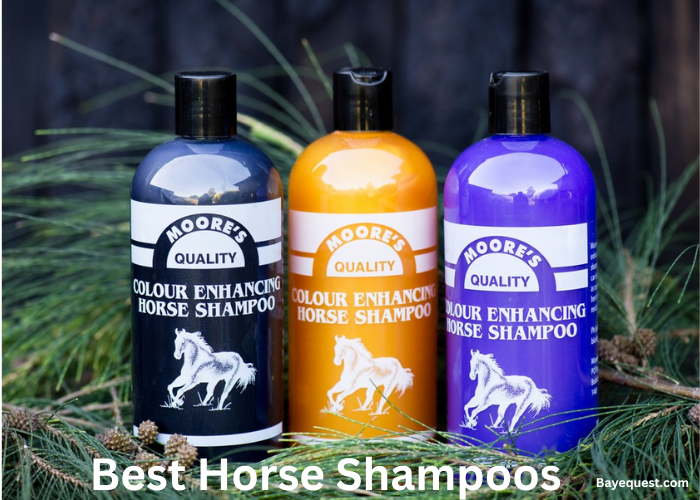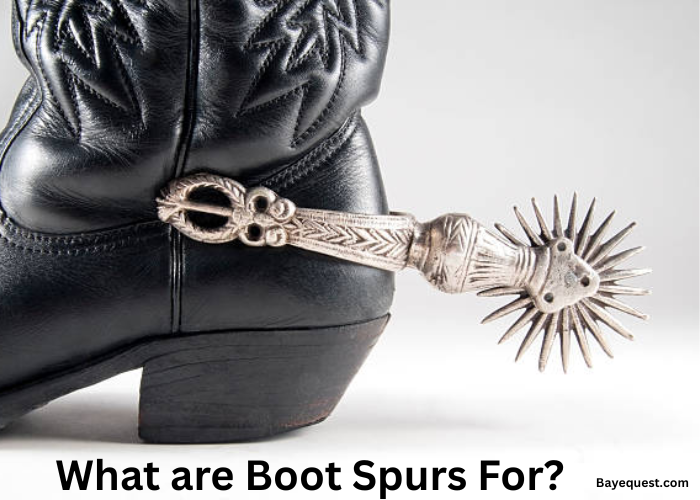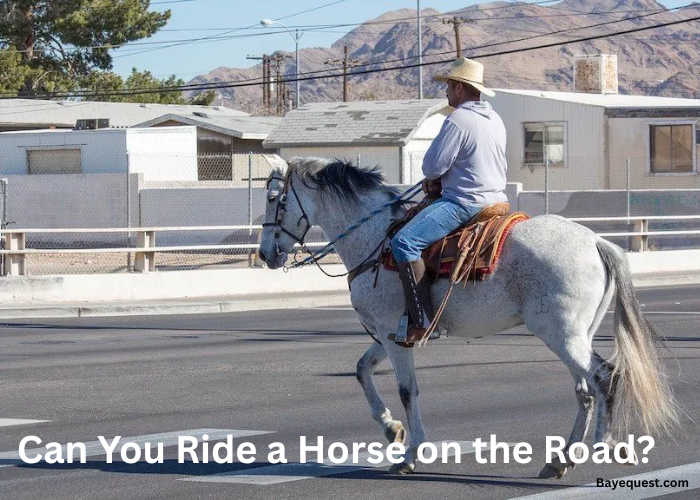Colic in horses is more than just an upset stomach. It’s a serious condition that can turn critical if not addressed promptly.
Every horse owner dreads the possibility, yet it’s crucial to recognize the signs and understand the underlying causes. In this blog, we dive deep into the world of equine colic.
We’ll explore what triggers this ailment, how to spot the distressing symptoms early, and the best ways to treat and prevent it. This isn’t just about learning. It’s about equipping yourself to ensure the health and happiness of your treasured companion.
Stay with us as we tackle one of the most challenging topics in horse care.
What is Colic in Horses?
Colic in horses is essentially a stomach ache, but it can be much more serious than we might experience. In the simplest terms, it’s abdominal pain that your horse feels, but the reasons behind this pain can vary widely.
It could be something wrong with their gut, like a blockage or gas buildup, or something more complex involving their intestines. Since horses can’t tell us where it hurts, as owners and caretakers, we need to be keen observers.
Understanding colic means recognizing the signs that something isn’t right inside their belly.
Types of Colic
There are different types of colic, each requiring a different approach, which is why you need to know about them.
They include:
Gas colic. This form of colic is one of the more common and less severe types. It occurs when excessive gas builds up in the horse’s intestines, leading to painful distension and bloating. The horse may try to relieve this discomfort by rolling or pacing.
Impaction colic. This type involves a blockage in the intestines caused by food material that has become too dry and hard to move through the digestive system. This often happens when a horse doesn’t drink enough water or if its diet lacks sufficient fibre.
Sand colic. Occurring mainly in horses that graze in sandy areas, sand colic happens when sand accumulates in the gut from ingesting it with food. This accumulation can irritate the lining of the intestines or cause a blockage.
Spasmodic colic. This type is akin to severe intestinal cramping due to spasms. It can be triggered by a sudden dietary change, stress, or intestinal parasites. The spasms disrupt the normal rhythm of the intestines, causing pain.
Torsion or twist colic (Volvulus). This is a critical condition where part of the intestine twists around itself. It not only causes extreme pain but also cuts off the blood supply to the affected section of the gut, which can lead to tissue death if not treated immediately.
Intussusception. In this type, one segment of the intestine “telescopes” into an adjacent segment, which can lead to obstruction and disrupt blood flow. This condition can be precipitated by intestinal parasites or chronic digestive disturbances.
Enteritis/Colitis. These terms refer to inflammation of the small intestine (enteritis) and large intestine (colitis). This inflammation can cause diarrhea, dehydration, and general systemic upset, disrupting normal intestinal movement and leading to colic symptoms.
Displacement colic. This occurs when a portion of the intestine shifts from its normal position in the abdomen. This displacement can lead to a kink or twist, blocking the flow of digested material and potentially cutting off the blood supply.
Signs of Colic in Your Horse
Recognizing the signs of colic in horses is crucial for timely intervention and care. Here are the key signs to watch for:
Restlessness and pacing. Your horse might seem uneasy, unable to settle, frequently changing positions, or continuously moving around.
Rolling. One of the more noticeable signs is when a horse repeatedly rolls or attempts to lie down and then gets up again. This behavior is often a response to abdominal pain. (You can also find out other reasons why horses roll in our guide.)
Pawing at the ground. Like restlessness, a horse may paw at the ground repeatedly, indicating discomfort.
Sweating. Excessive sweating can occur without physical exertion, reflecting the horse’s pain and distress.
Looking at the flank. A horse may frequently turn its head towards its flank, look at its belly, or attempt to bite it due to pain.
Lack of appetite. A horse with colic may lose interest in food and even water, which is unusual behavior for most horses.
Decreased fecal output. You might notice fewer droppings than normal, indicating a blockage or other digestive disturbances.
Increased heart rate. Pain from colic can cause a horse’s heart rate to increase significantly.
Distended abdomen. The horse’s abdomen might appear bloated or unusually round in some cases, particularly with gas colic.
Changes in gum color. Gums that are pale, dark red, or bluish might indicate serious problems, including colic.
Causes of Colic in Horses
Causes of colic include:
Distention and rupture of the stomach
This occurs when the horse’s stomach fills with gas or fluid, stretching it uncomfortably.
If the pressure becomes too great, the stomach may rupture, which is a critical emergency requiring immediate veterinary care.
Also read: Signs of Ventral Edema in Horses.
Obstruction of the small or large Intestine
An obstruction happens when something blocks the passage of contents through the intestines. This could be due to a buildup of food, foreign bodies, or a severe twist.
The blockage prevents normal digestion and can cause significant pain.
Inflammation of the small intestine
This involves swelling and irritation of the small intestine’s lining. It disrupts normal absorption and flow of nutrients and can lead to discomfort and colic symptoms.
Adhesions
These are bands of scar tissue that form between abdominal tissues and organs, often after surgery or injury.
Adhesions can constrict the intestines, causing partial or complete blockages that lead to colic.
Twisting or displacement of the small or large intestine
Also known as torsion, this occurs when a part of the intestine twists around itself or moves out of its usual position.
This can cut off blood supply to the area and obstruct the flow of digestive contents, causing severe pain and rapid health deterioration.
Lipomas
These are fatty tumors that can form on a stalk and wrap around parts of the intestines, leading to a strangulation of the bowel.
Common in older horses, lipomas can cause sudden and severe colic symptoms.
Inguinal hernia
This condition happens when abdominal contents protrude through the inguinal canal into the groin area.
It can be particularly problematic in stallions and colts, causing pain and potential blockages.
Enteroliths (Intestinal Stones)
Enteroliths are mineral masses that form in the horse’s large intestine and can grow large enough to cause a blockage.
They develop from materials in the horse’s diet and can lead to intermittent or severe colic.
Diagnosis of Colic
Diagnosing colic in horses involves a series of steps to determine the cause and severity of the abdominal pain. Here’s how veterinarians approach the diagnosis:
Initial assessment. The vet starts by examining the horse’s appearance and behavior, looking for signs of distress or pain. This includes checking vital signs such as heart rate, respiratory rate, and temperature.
Physical examination. The veterinarian performs a thorough physical exam that includes listening to the gastrointestinal sounds with a stethoscope.
Rectal examination. The vet feels the abdomen through the rectum to detect abnormalities such as distended intestines, twists, or tumors.
Nasogastric tube. If there is suspicion of stomach distension or obstruction, the vet may pass a nasogastric tube from the nose into the stomach. This helps relieve pressure if fluid or gas build-up and can also help determine if there is an obstruction in the small intestine.
Blood tests. Blood work can help assess the horse’s overall health and may indicate dehydration, infection, or other systemic issues related to colic.
Abdominal ultrasound. An ultrasound can provide a visual of the horse’s abdominal organs and help identify fluid accumulation or intestinal motility.
Abdominocentesis (Belly tap). This procedure involves taking a sample of the fluid from the horse’s abdomen to check for signs of internal bleeding or infection.
Further diagnostic imaging. In some cases, more advanced imaging techniques, such as X-rays, may be used to look for enteroliths (intestinal stones).
Response to treatment. Sometimes, the response to initial treatment (like pain relief and fluid therapy) can also provide diagnostic clues.
Each of these diagnostic tools offers valuable information that helps the veterinarian make an accurate diagnosis and decide on the best course of treatment.
How to Treat Colic
Pain relief. The first step in treating colic is often to relieve the horse’s pain. Vets usually administer pain relief medication, like anti-inflammatory drugs, to make the horse more comfortable and reduce abdominal pain.
Fluid treatment. Dehydration is common in colic cases, especially if the horse hasn’t been drinking well. Vets may give fluids either orally through a nasogastric tube or intravenously to help stabilize the horse’s fluid levels and improve gut function.
Intestinal lubricants and laxatives. If the colic is due to an impaction, vets might use lubricants or laxatives. These help soften the impacted intestines, making it easier for the horse to pass it naturally.
Deworming treatments. Sometimes, colic is related to a heavy parasite burden. In these cases, appropriate deworming treatments can help resolve the issue and prevent future episodes.
Surgery. In severe cases where there is a twist, a severe impaction, or other complications that can’t be resolved with medication, surgery might be necessary. This is a major procedure in which vets correct the problem within the intestines.
Prognosis of Colic
The prognosis for colic in horses can vary widely. This depends on the type and severity of the colic, the quickness of diagnosis and treatment, and the overall health of the horse.
Here’s a general overview of what to expect:
Mild colic cases. Horses experiencing mild forms of colic, like gas or spasmodic colic, often have a very good prognosis. With prompt treatment, these horses can recover quickly and fully.
Impaction colic. The prognosis for impaction colic is generally good if the impaction can be resolved with medical treatment. If the condition requires surgery, the prognosis becomes more guarded but is still relatively favorable.
Twist or torsion colic is one of the more serious types of colic. The survival rate for horses that undergo surgery for twisted intestines can vary. Early intervention significantly improves chances, but even with timely surgery, the prognosis can be uncertain.
Colic requiring surgery. Any colic case that requires surgical intervention has a more guarded prognosis. Success often depends on how quickly the surgery is performed and the specific complications involved. Post-operative care is critical, and the risk of complications can affect the outcome.
Recurring colic. Horses with repeated colic episodes may have a more guarded prognosis, depending on the underlying cause. Chronic conditions can be challenging and may affect the horse’s long-term health and performance.
How to Prevent Colic
Preventing colic in horses involves some straightforward steps that can significantly reduce the risk. Here’s how you can help keep your horse healthy:
Give adequate fresh, clean water. Always make sure your horse has access to plenty of fresh, clean water. Dehydration can quickly lead to digestive problems.
Allow pasture turnout. Let your horse out on pasture as much as possible. Moving around and grazing naturally helps keep their digestive system working smoothly.
Avoid feeding hay on the ground in sandy areas. When horses eat off the ground in sandy places, they might ingest sand, which can accumulate in the intestines and cause sand colic. Use feeders to keep hay off the ground.
Feed grain and pelleted feeds only when necessary. Stick to a diet that’s right for your horse’s energy needs. Overfeeding grain can disturb the digestive system’s balance.
Float your horse’s teeth every six months. Regular dental care ensures your horse can chew its food properly, which is crucial for good digestion.
Control parasites. Keep up with a regular deworming program to prevent parasites, which can cause digestive issues and lead to colic.
Don’t rush meals. Feed your horse smaller meals more frequently, rather than large meals all at once. This helps prevent overloading the digestive system.
Check the environment. Regularly inspect your horse’s environment for hazards like poisonous plants or objects that they might ingest accidentally.
Turn your horse out. Regular exercise is essential. Turn your horse out to pasture to encourage movement and reduce stress, both of which help maintain a healthy digestive system.
Interesting read: What is Free Fecal Water Syndrome in Horses?

Conclusion
As we close our discussion on colic in horses, remember, this common condition doesn’t have to be a constant worry.
Being proactive and informed can lessen the risks. Recognize the early signs, understand the causes, and know when to call the vet.
You can keep your horse healthy and colic at bay with good management and preventive care, such as proper feeding, regular exercise, and routine check-ups.
So, stay vigilant and always be ready to act swiftly. Your horse’s health and happiness depend on it. Here’s to many healthy, happy days with your equine friend.



 Click To Subscribe
Click To Subscribe





